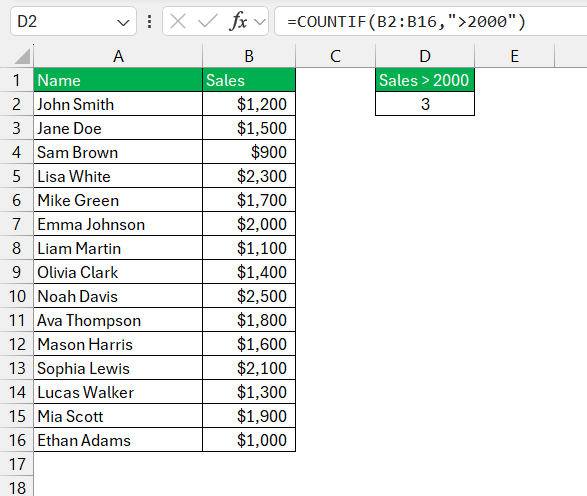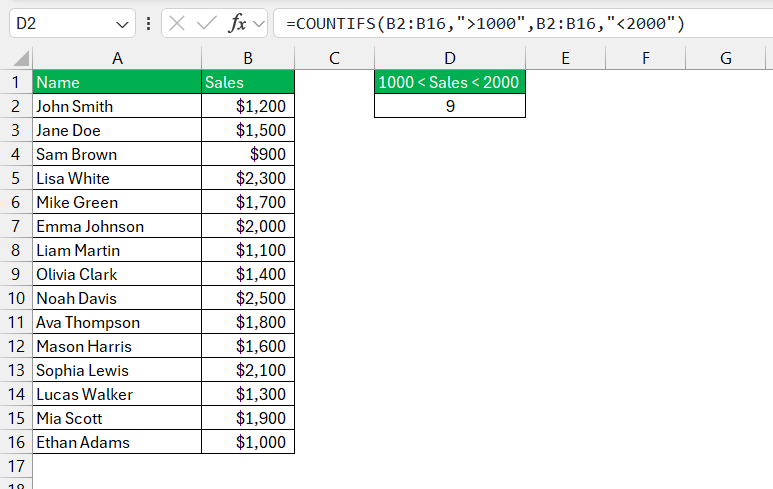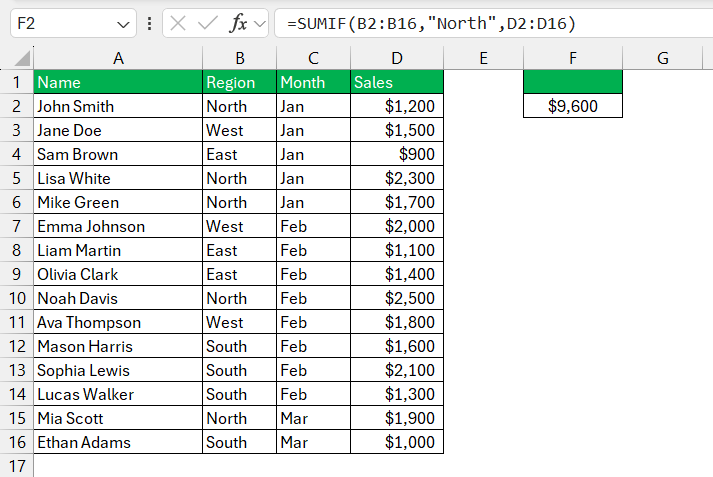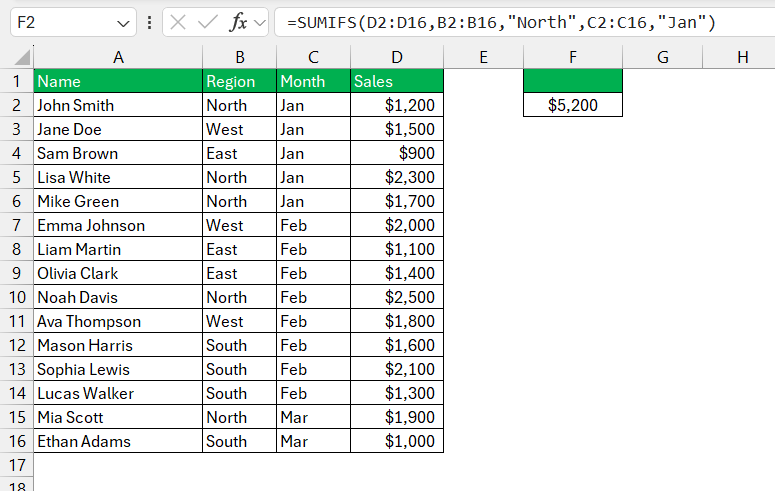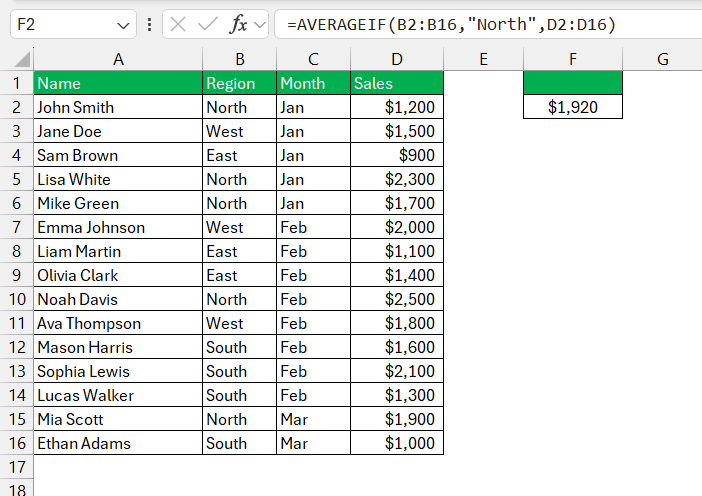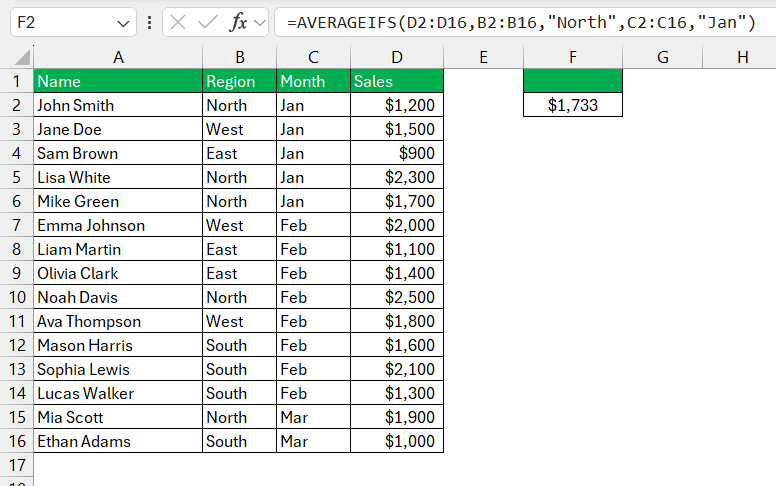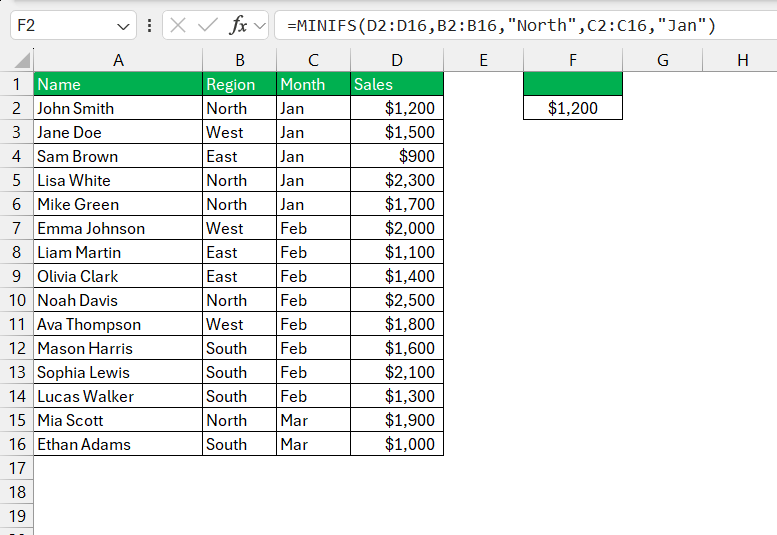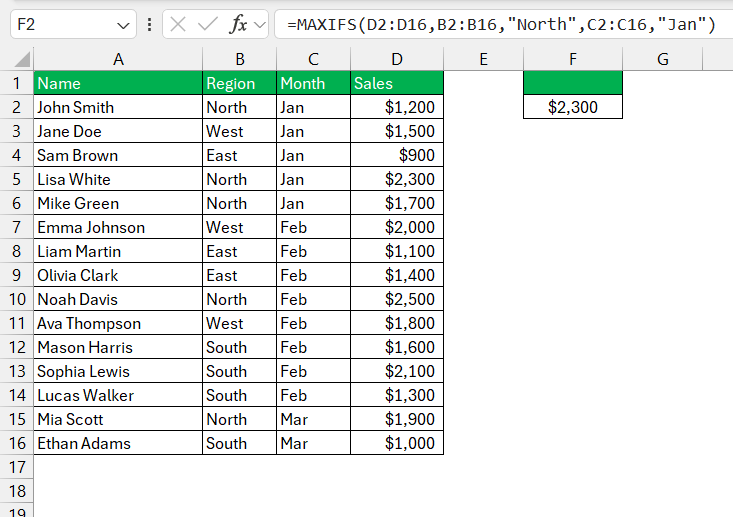Microsoft Excel‘s powerful range-based conditional functions, or RACON functions, provide robust tools for data analysis. These functions—COUNTIF, COUNTIFS, SUMIF, SUMIFS, AVERAGEIF, AVERAGEIFS, MINIFS, and MAXIFS—allow you to perform calculations based on specific criteria, making them essential for handling large datasets. This article will delve into each of these functions, demonstrating their syntax, usage, and practical applications.
Key Takeaways:
- Versatile Data Analysis: RACON functions in Excel enable precise data analysis by allowing calculations based on specific criteria.
- Single and Multiple Criteria: Functions like COUNTIF and SUMIF handle single conditions, while COUNTIFS and SUMIFS manage multiple criteria, enhancing their flexibility.
- Efficiency in Reporting: AVERAGEIF and AVERAGEIFS streamline the process of calculating averages based on conditions, useful for summarizing data insights.
- Extensive Range Evaluation: MINIFS and MAXIFS provide the minimum and maximum values from datasets based on multiple conditions, aiding in comprehensive data evaluation.
- Advanced Excel Strategies: Utilizing RACON functions transforms data handling and analysis, making complex tasks more manageable and insightful.
Table of Contents
Introduction to Excel RACON Functions
Exploring the Basics of RACON Functions
Imagine having a tool in your Excel arsenal that simplifies complex data tasks, streamlines your workflow, and brings a new level of clarity to your analysis. That’s precisely what RACON functions offer: they are a suite of powerful, dynamic array functions designed to help you manage and analyze data with efficiency and accuracy.
The Significance of RACON in Advanced Excel Strategies
RACON functions are not just another set of tools in Excel; they represent a paradigm shift in how you handle data analysis. With RACON, you can ditch static formulas for something much more powerful. They transform your data analysis, allowing you to construct criteria-based formulas that adapt to your data’s shape and size.
Especially in advanced Excel strategies where data sets are complex and ever-changing, RACON functions become a cornerstone for delivering deeper insights and more robust reports. Embrace the capabilities of RACON functions, and watch as they turn onerous data tasks into a streamlined and more insightful journey.
8 Key Racon Functions
1. COUNTIF
The COUNTIF function counts the number of cells within a specified range that meet a single criterion. It is commonly used to tally occurrences of a particular value or condition in a dataset. For example, you can count how many times the word “Completed” appears in a task list.
=COUNTIF(range, criteria)
range: The range of cells to evaluate.criteria: The condition that must be met for a cell to be counted.
In this example, you can use the COUNTIF function to get the count of sales transactions that are of value greater than $2000.
2. COUNTIFS
The COUNTIFS function extends the capability of COUNTIF by allowing multiple criteria. This function counts the number of cells that meet all specified conditions across one or more ranges. It’s useful for more complex scenarios, such as counting how many orders were completed by a specific salesperson within a given time frame.
=COUNTIFS(range1, criteria1, range2, criteria2, …)
range1, range2, ...: The ranges to evaluate.criteria1, criteria2, ...: The conditions for each range.
In this example, you can use the COUNTIFS function to get the count of sales transactions that are of value greater than $1000 but less than $2000.
3. SUMIF
The SUMIF function adds the values in a range that meet a single condition. It is useful for quickly summing numbers based on criteria, such as summing sales figures for a specific product category.
=SUMIF(range, criteria, [sum_range])
range: The range to evaluate.criteria: The condition that must be met for a cell’s corresponding value to be summed.sum_range: The actual cells to sum.
In this example, you can get the sum of the sales in the northern region.
4. SUMIFS
The SUMIFS function sums values based on multiple criteria. It is more powerful than SUMIF, allowing you to sum values that meet all given conditions. For instance, you can sum the revenue generated by a specific product in a particular region during a specific quarter.
=SUMIFS(sum_range, range1, criteria1, range2, criteria2, …)
sum_range: The range of cells to sum.range1, range2, ...: The ranges to evaluate.criteria1, criteria2, ...: The conditions for each range.
In this example, you can get the sum of the sales in the northern region and the month of Jan.
5. AVERAGEIF
The AVERAGEIF function calculates the average of cells that meet a single condition. It helps in finding the average value of a subset of data, like the average score of students who scored above 70%.
=AVERAGEIF(range, criteria, [average_range])
range: The range to evaluate.criteria: The condition that must be met for a cell’s corresponding value to be averaged.average_range: The actual cells to average.
In this example, you can get the average of the sales in the northern region.
6. AVERAGEIFS
The AVERAGEIFS function computes the average based on multiple conditions. It’s useful for scenarios like finding the average salary of employees in a particular department who have more than five years of experience.
=AVERAGEIFS(average_range, range1, criteria1, range2, criteria2, …)
average_range: The range of cells to average.range1, range2, ...: The ranges to evaluate.criteria1, criteria2, ...: The conditions for each range.
In this example, you can get the average of the sales in the northern region and the month of Jan.
7. MINIFS
The MINIFS function returns the minimum value among cells that meet multiple criteria. It’s beneficial for determining the lowest sales figure for a specific product in a particular month across various stores.
=MINIFS(min_range, range1, criteria1, range2, criteria2, …)
min_range: The range of cells to find the minimum.range1, range2, ...: The ranges to evaluate.criteria1, criteria2, ...: The conditions for each range.
In this example, you can get the minimum of the sales in the northern region and the month of Jan.
8. MAXIFS
The MAXIFS function identifies the maximum value among cells that meet multiple criteria. This function is handy for finding the highest score in a set of exams for students in a specific grade level.
=MAXIFS(max_range, range1, criteria1, range2, criteria2, …)
max_range: The range of cells to find the maximum.range1, range2, ...: The ranges to evaluate.criteria1, criteria2, ...: The conditions for each range.
In this example, you can get the maximum of the sales in the northern region and the month of Jan.
FAQs about Excel RACON and COUNTIFS Functions
What Are The Key Differences Between RACON and COUNTIFS?
RACON is not a standalone function but a family of functions, including COUNTIFS. The key difference is that while all RACON functions, like COUNTIFS, SUMIFS, AVERAGEIFS, are used for similar purposes—to analyze data based on certain conditions—COUNTIFS specifically counts the number of times a condition is met.
Can RACON Functions Be Used for Real-Time Data Analysis?
Yes, RACON functions are well-suited for real-time data analysis in Excel. They dynamically update and respond as your data changes, making them perfect for dashboards and reports that require up-to-date information. Just keep in mind that your Excel settings should be configured to refresh data automatically, or you may need to refresh data sources manually if they are external.
How Do You Handle Errors When Using RACON Functions?
When facing errors in RACON functions, consider wrapping your formula in the IFERROR function to catch and handle these gracefully. IFERROR allows you to specify an alternative result (like “0” or “Not found”) when an error is encountered, ensuring that your spreadsheet stays clean and interpretable. Always check your ranges and criteria for consistency as well as to mitigate errors.
What Are Some Advanced COUNTIFS Techniques for Experienced Users?
Experienced users can push COUNTIFS further by combining it with other functions for sophisticated analysis. Use it with INDIRECT for dynamic range references or nest it within SUMPRODUCT to handle arrays and OR logic. You might also use COUNTIFS with array constants for multi-condition checks or incorporate it into named ranges for more readable formulas. Advanced users often leverage COUNTIFS within VBA (Visual Basic for Applications) for customized automation tasks.
How to calculate less than in Excel?
In Excel, to calculate counts for values less than a certain number, you’ll use the COUNTIF or COUNTIFS function. The syntax is straightforward: =COUNTIF(range, "<"&number) for COUNTIF or =COUNTIFS(range, "<"&number) for multiple criteria with COUNTIFS. Simply replace ‘range’ with your data range and ‘number’ with the value you want to compare against.
John Michaloudis is a former accountant and finance analyst at General Electric, a Microsoft MVP since 2020, an Amazon #1 bestselling author of 4 Microsoft Excel books and teacher of Microsoft Excel & Office over at his flagship MyExcelOnline Academy Online Course.

